These Were the First Raids on the Home Islands Since the Doolittle Raid Nearly Three Years Before
Between the 16th and 17th of February 1945, US Navy Task Force 58 conducted the first carrier-based strikes against the Japanese home islands since the Doolittle Raid in April of 1942. The raids were intended to destroy as many Japanese aircraft as possible to prevent their interference with the invasion of Iwo Jima in the Bonin Islands, which lies only about 760 miles from Tokyo. Operation Detachment was scheduled for the 19th of February 1945. Airfields, aircraft manufacturing, and aircraft support facilities were also selected for targeted attention by Task Force 58.
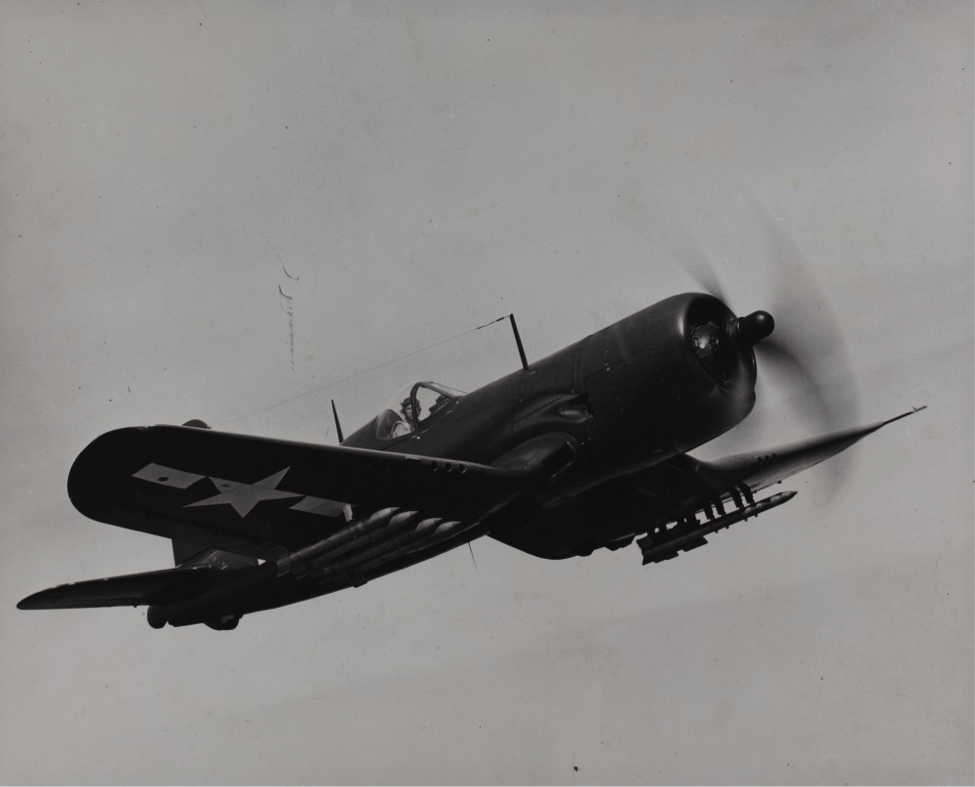
The Varsity
For these historic strikes, Task Force 58 consisted of the fleet carriers Saratoga (CV-3), Enterprise (CV-6), Essex (CV-9), Yorktown (CV-10), Hornet (CV-12), Randolph (CV-15), Lexington (CV-16), Bunker Hill (CV-17), Wasp (CV-18), Hancock (CV-19), and Bennington (CV-20). Light carriers San Jacinto (CVL-23), Belleau Wood (CVL-24), Cowpens (CVL-25), Langley (CVL-27), and Cabot (CVL-28) rounded out the carrier force. Escorted by one battle cruiser, five heavy cruisers, nine light cruisers, and 77 destroyers, Task Force 58 was considerably larger and carried more firepower than the vast majority of the other navies on the planet at the time all by itself. The overall force was broken down into five smaller Task Groups, designated Task Groups 58.1 through 58.5.

Fighter-Heavy Air Group Composition
Air Group composition on each of the Essex-class carriers was heavily biased toward fighter aircraft thanks to the threat of Japanese Kamikaze attacks on the task force. Operating in such close proximity to the Japanese home islands was risky for the carriers and swarming Kamikaze attacks were anticipated. Therefore, the Air Groups on each of the fleet carriers consisted of a minimum of 72 fighter aircraft. The remaining capacity of the Essex-class carriers (roughly 30 more aircraft each) was split between the Curtiss SB2C Helldiver dive bombers and Grumman TBF Avenger torpedo bombers.
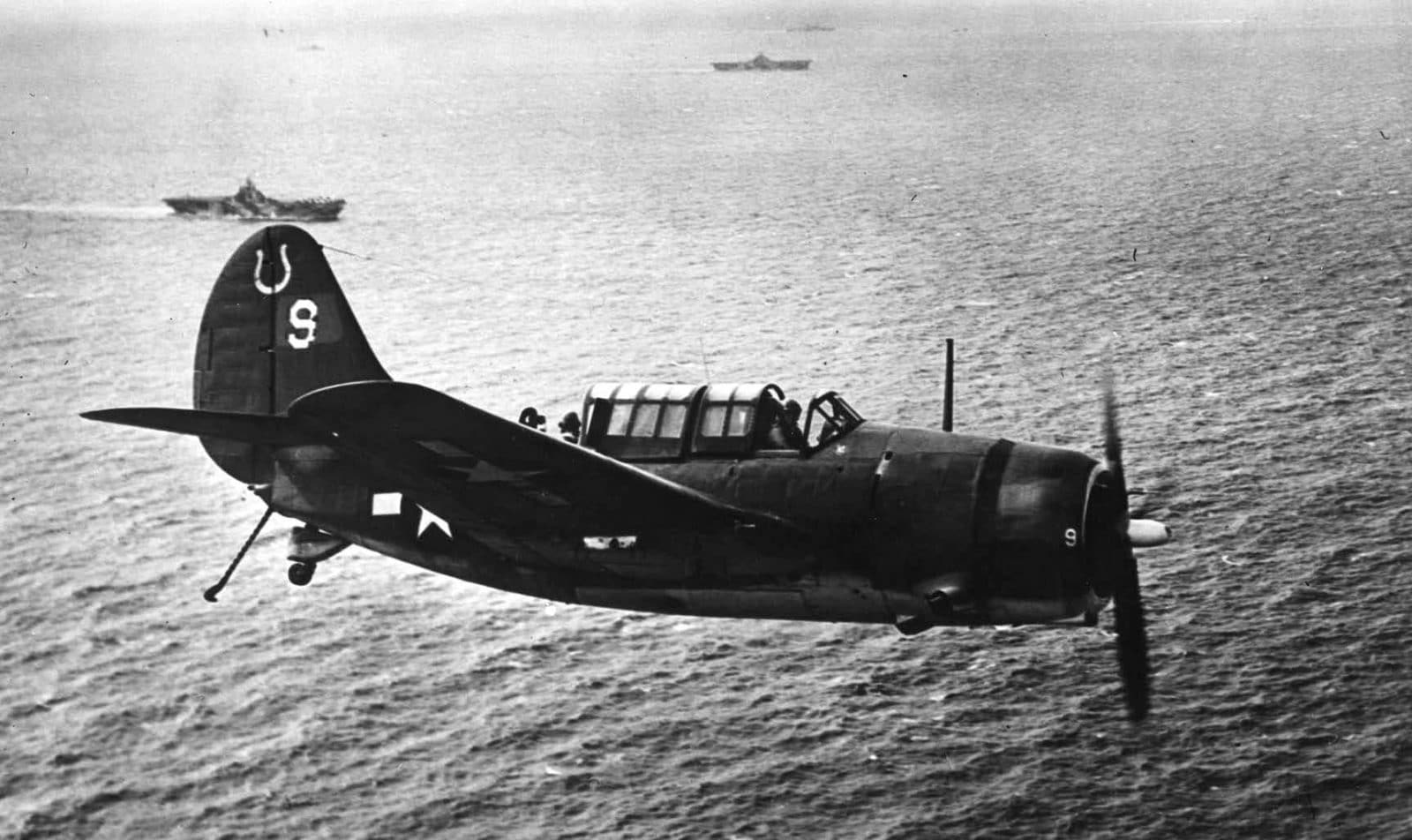
What’s in a Number?
Only a few days earlier the force had been designated Task Force 38. Whenever Admiral William “Bull” Halsey commanded the force it was designated Task Force 38. When Admiral Marc “Pete” Mitscher commanded the force it was designated Task Force 58. Admiral Raymond Spruance, commander of the entire Fifth Fleet, was also present, using the cruiser Indianapolis (CA-35) as his flagship.
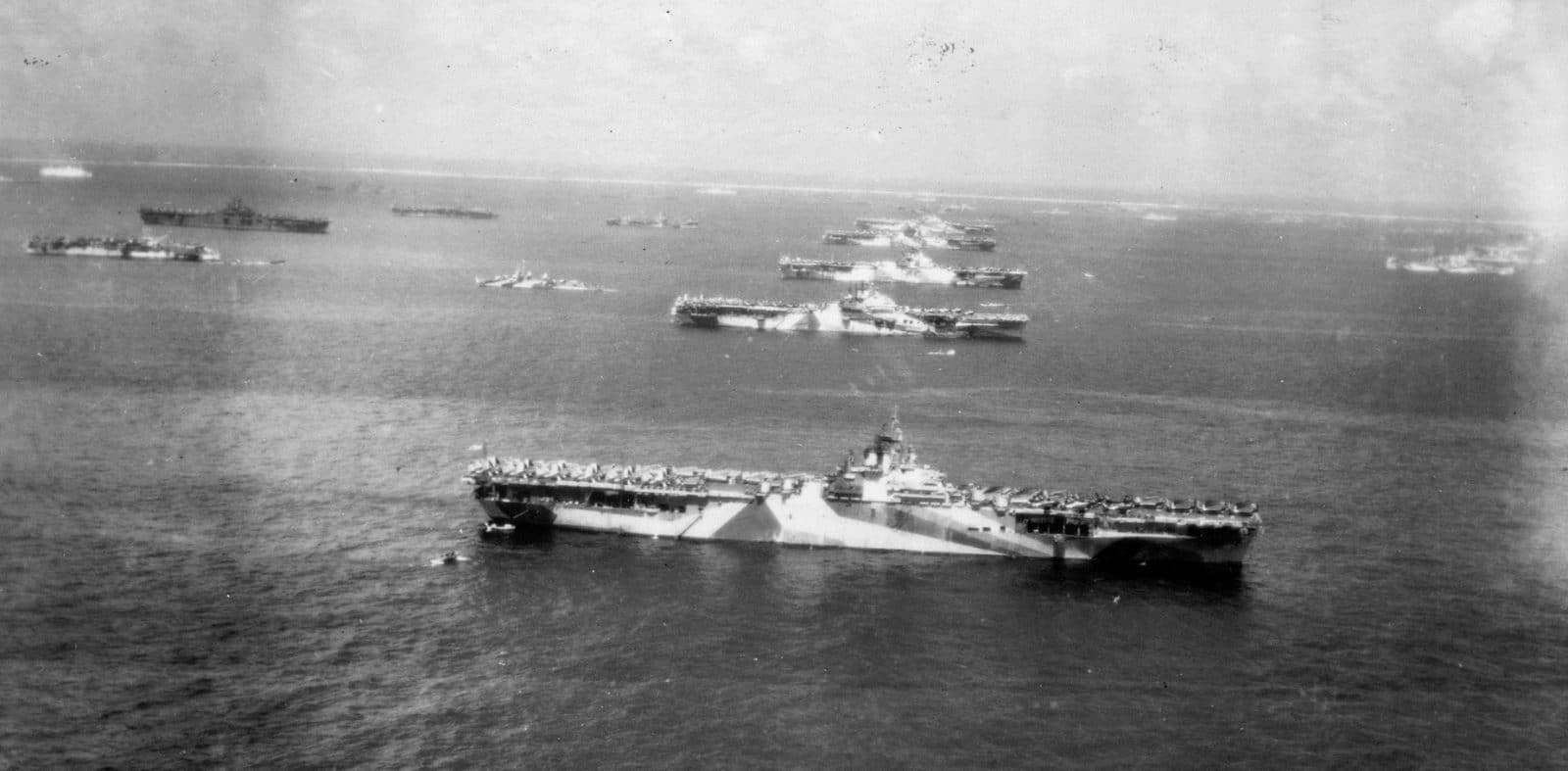
Stealth 1945-Style
The task force sortied from Ulithi Atoll on February 10th and approached Japanese home waters without being detected. To accomplish this, American submarines were used to dispatch any Japanese picket boats lying off the islands. The ships did their best to remain under the thick weather and low ceiling and lack of visibility it provided. US Army Air Forces B-29 and Navy PB4Y bombers scouted ahead of the task force’s course, and radio deception was also employed as a means of ensuring the ships would approach their launch points undetected. Weather for the launch of the strikes was far less than optimal (read horrendous) for carrier operations, but the initial fighter sweeps, consisting of Grumman F6F Hellcats and Vought F4U Corsairs, hit the airfields around Tokyo Bay right on time.
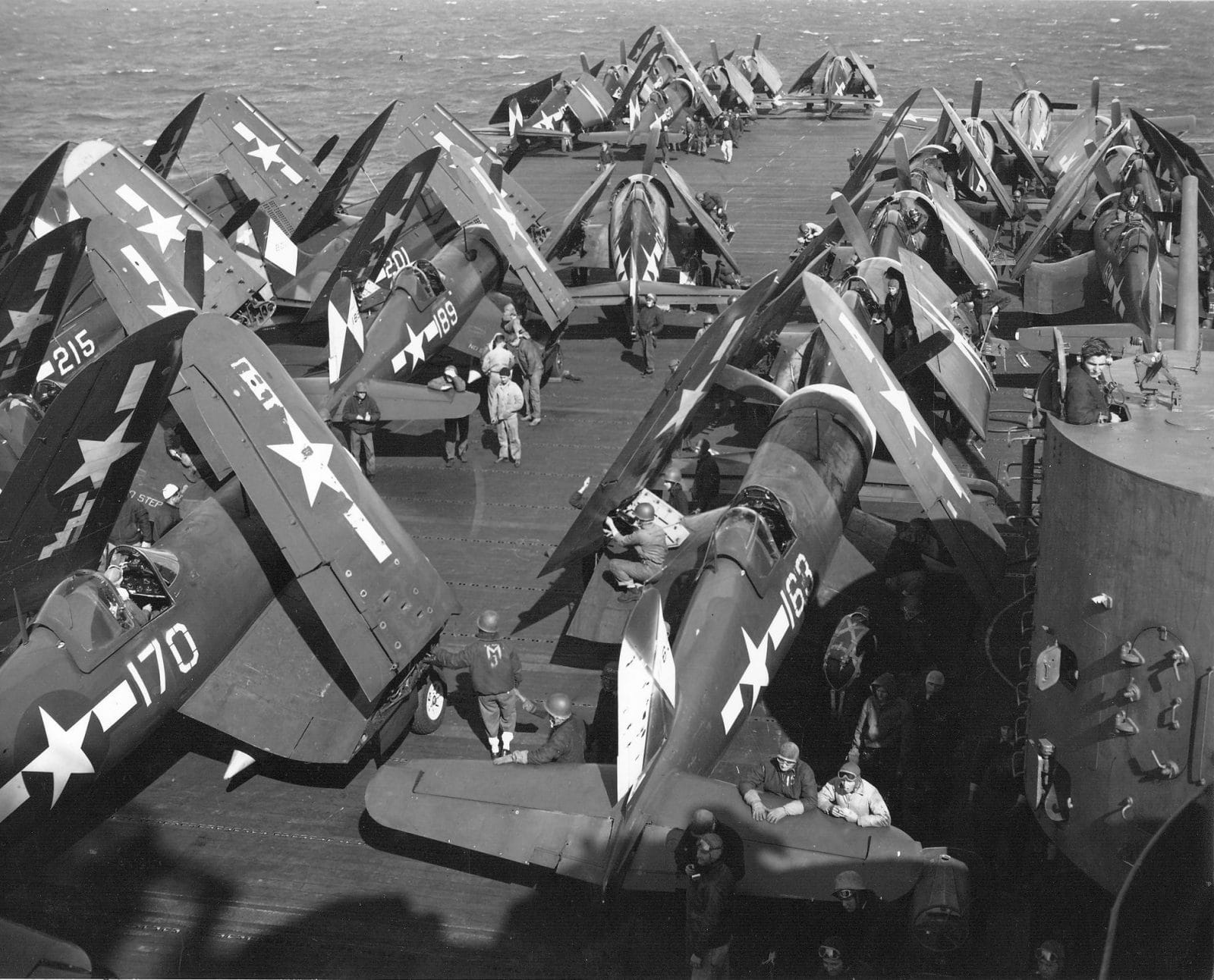
We’re Open 24 Hours a Day
Targets were assigned by Task Group. Task Group 58.5, which counted among its strength the night-fighting F6F-5N Hellcat night fighters, maintained coverage over the Japanese airfields during the evening and night time hours thereby preventing the Japanese from mounting any successful attacks on the carriers. Combined with the marauding pilots attacking their targets during the day, there were American aircraft over the Tokyo area and Tokyo Bay taking out targets of opportunity for nearly two solid days.

The Numbers Don’t Lie
The final tally belied the intensity of the aerial combat. Navy carrier aircraft flew 2,761 total sorties and 738 engaged sorties, attacking shipping in Tokyo Bay as well as several aircraft engine and airframe plants. But even though the weather over Japan was cold enough to freeze the guns in their wings, American pilots claimed 341 Japanese planes shot down and 190 destroyed on the ground. Screening destroyers sunk several Japanese picket boats. The U.S. losses amounted to a total of 60 aircraft (of all types) lost in combat and 28 more (of all types) lost due to operational or non-combat causes.
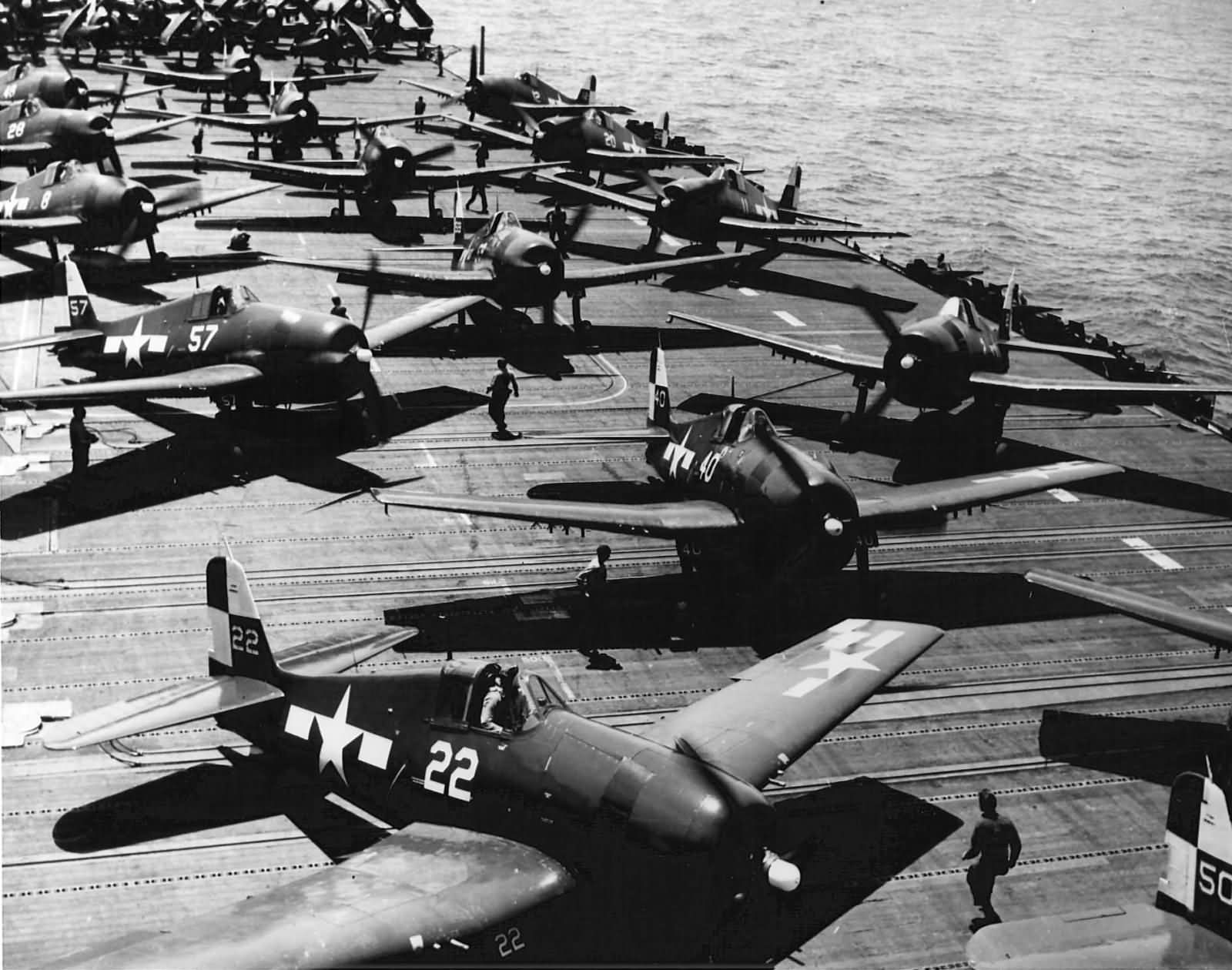
Time for the Next Big Show
After completing their strikes against Japan, Task Force 58 departed the area and set course for Iwo Jima, where the pilots would fly support missions for the Marines fighting on Iwo.
[youtube id=”V-gxSDaGgZY” width=”800″ height=”454″ position=”left”]
